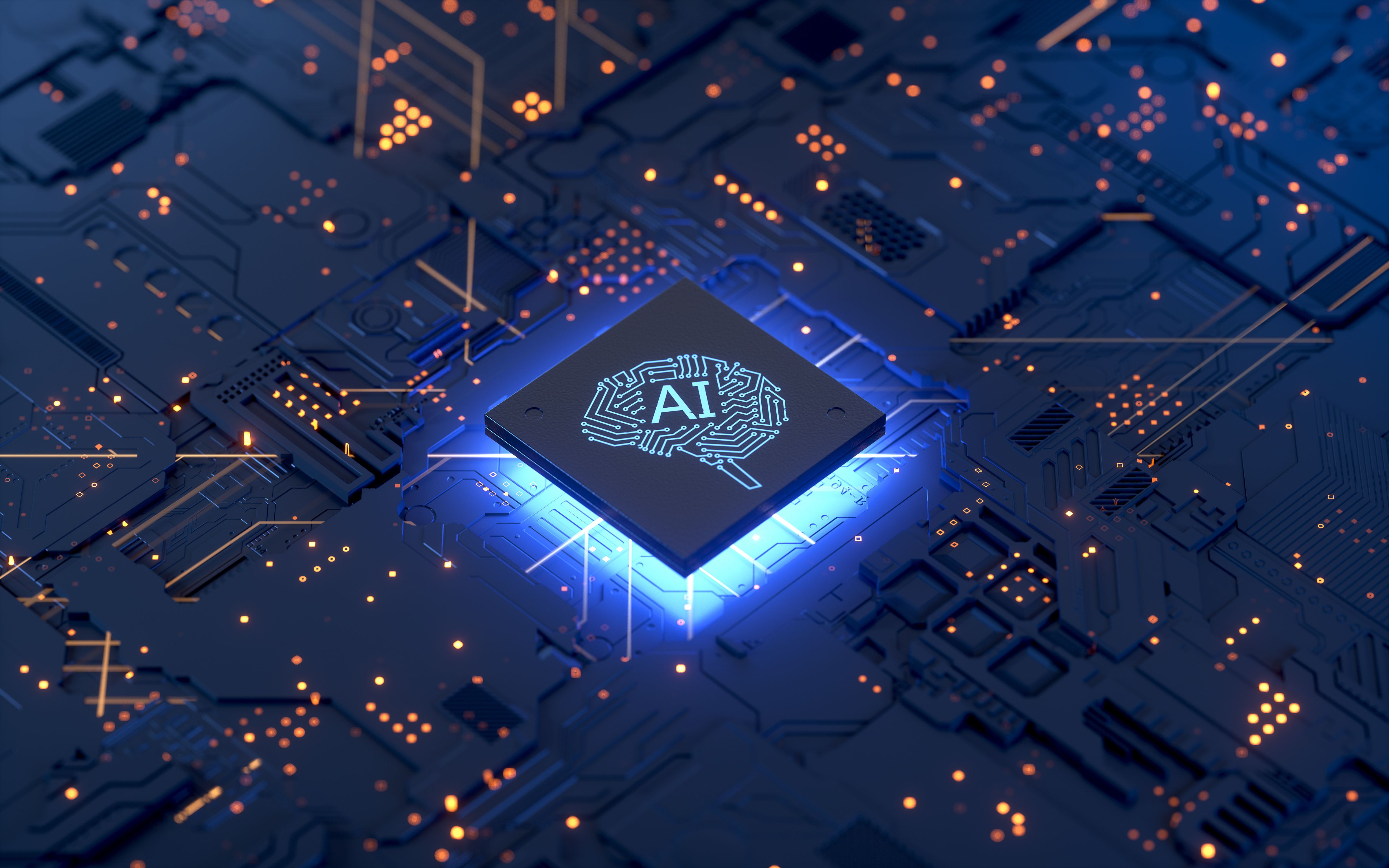Research Sheds Light on How AI Predicts Compound Potency in Drug Development
The immense volume of available chemical compounds creates a significant challenge in the drug discovery process.
A new analysis provides insight on the underlying mechanisms that power the use of artificial intelligence (AI) in pharmaceutical research. The study, published by Nature Machine Intelligence, noted prior confusion in how AI reaches its conclusions and sought to develop a method that shows how some AI applications operate.1
Image credit: Shuo | stock.adobe.com

They found that AI primarily remembers known data and sparsely uses learned information from specific chemical interactions in the prediction of drug potency. The study authors note that predicting the potency of compounds in drug design is a popular machine learning application.
“Graph neural networks (GNNs) predict ligand affinity from graph representations of protein–ligand interactions typically extracted from X-ray structures. Despite some promising findings leading to claims that GNNs can learn details of protein–ligand interactions, such predictions are also controversially viewed,” the study authors wrote.2
In determining which drug molecule is most effective, efforts focus on investigating to find efficient active substances that can combat diseases. The compounds frequently attach to enzymes or receptors, causing a specific chain of physiological actions. These actions can also inhibit undesirable responses within the body, including an excessive inflammatory response, according to the study.
The immense volume of available chemical compounds creates a significant challenge in the drug discovery process. As such, investigators incorporate scientific models to evaluate which molecules have the best chance of binding to their respective target protein.
This is where machine learning applications, such as GNNs, come into play. GNN models are trained to show complexes formed between proteins and chemical compounds.
"How GNNs arrive at their predictions is like a black box we can't glimpse into," said Dr. Jürgen Bajorath, a researcher from the LIMES Institute at the University of Bonn, the Bonn-Aachen International Center for Information Technology (B-IT) and the Lamarr Institute for Machine Learning and Artificial Intelligence in Bonn, in a press release.
These researchers collaborated with investigators from Sapienza University in Rome to evaluate in whether GNNs can actually learn protein-ligand interactions and use these data to accurately estimate how strongly an active substance attaches to its target protein.
Using a specially developed method called “EdgeSHAPer,” investigators screened six different GNN architectures to assess whether the GNNs can learn the most vital interactions among compounds and proteins to predict ligand potency as intended, or whether the AI uses a different method to reach its conclusion.
"The GNNs are very dependent on the data they are trained with," said study first author Andrea Mastropietro, PhD candidate from Sapienza University in Rome, in a press release.
The GNNs were trained with graphs culled from the structures of protein-ligand complexes, with previously established modes of action and compound binding strengths. They then used the EdgeSHAPer analysis to evaluate how the GNNs produced seemingly promising predictions.
They found that most GNNs primarily focused on ligands while learning little about protein-drug interactions.
“To predict the binding strength of a molecule to a target protein, the models mainly 'remembered' chemically similar molecules that they encountered during training and their binding data, regardless of the target protein,” Bajorath said in the release. “These learned chemical similarities then essentially determined the predictions."
The investigators said it’s generally untenable for GNNs to learn chemical interactions between active substances and proteins, with these predictions significantly overrated because, “forecasts of equivalent quality can be made using chemical knowledge and simpler methods.”
Despite this, the researchers note that AI holds promise in some areas of pharmaceutical research, as two GNN models showed a clear tendency to learn more interactions as the potency of test compounds grew. They noted these GNNs may be able to improve in the desired direction via modified representations and training techniques.
"The development of methods for explaining predictions of complex models is an important area of AI research. There are also approaches for other network architectures such as language models that help to better understand how machine learning arrives at its results," Bajorath said in the release.
References
1. Artificial intelligence: Unexpected results. EurekAlert. News release. November 13, 2023. https://www.eurekalert.org/news-releases/1007876
2. Mastropietro, A., Pasculli, G. & Bajorath, J. Learning characteristics of graph neural networks predicting protein–ligand affinities. Nat Mach Intell (2023). https://doi.org/10.1038/s42256-023-00756-9.
Improving Relationships and Diversifying the Site Selection Process
April 17th 2025In this episode of the Applied Clinical Trials Podcast, Liz Beatty, co-founder and chief strategy officer, Inato, discusses a number of topics around site engagement including community-based sites, the role of technology in improving site/sponsor relationships, how increased operational costs are impacting the industry, and more.
Behind the Buzz: Why Clinical Research Leaders Flock to SCOPE Summit
February 7th 2025In this episode, we meet with Micah Lieberman, Executive Conference Director for SCOPE Summit (Summit for Clinical Ops Executives) at Cambridge Innovation Institute. We will dive deep into the critical role of collaboration within the clinical research ecosystem. How do we bring together diverse stakeholders—sponsors, CROs, clinical trial tech innovators, suppliers, patients, sites, advocacy organizations, investors, and non-profits—to share best practices in trial design, program planning, innovation, and clinical operations? We’ll explore why it’s vital for thought leaders to step beyond their own organizations and learn from others, exchanging ideas that drive advancements in clinical research. Additionally, we’ll discuss the pivotal role of scientific conferences like SCOPE Summit in fostering these essential connections and collaborations, helping shape the future of clinical trials. Join us as we uncover how collective wisdom and cross-industry partnerships are transforming the landscape of clinical research.
FDA-Approved Gene Therapy Beqvez Shows Sustained Efficacy, Safety in Long-Term Hemophilia B Trial
April 17th 2025Beqvez (fidanacogene elaparvovec), an FDA-approved one-time gene therapy for hemophilia B, demonstrated sustained factor IX expression, low bleeding rates, and a favorable safety profile over long-term follow-up.